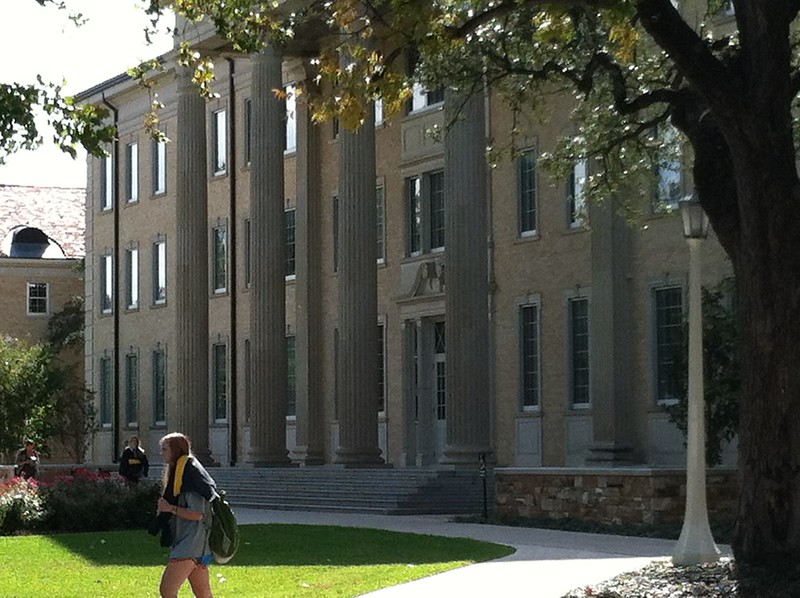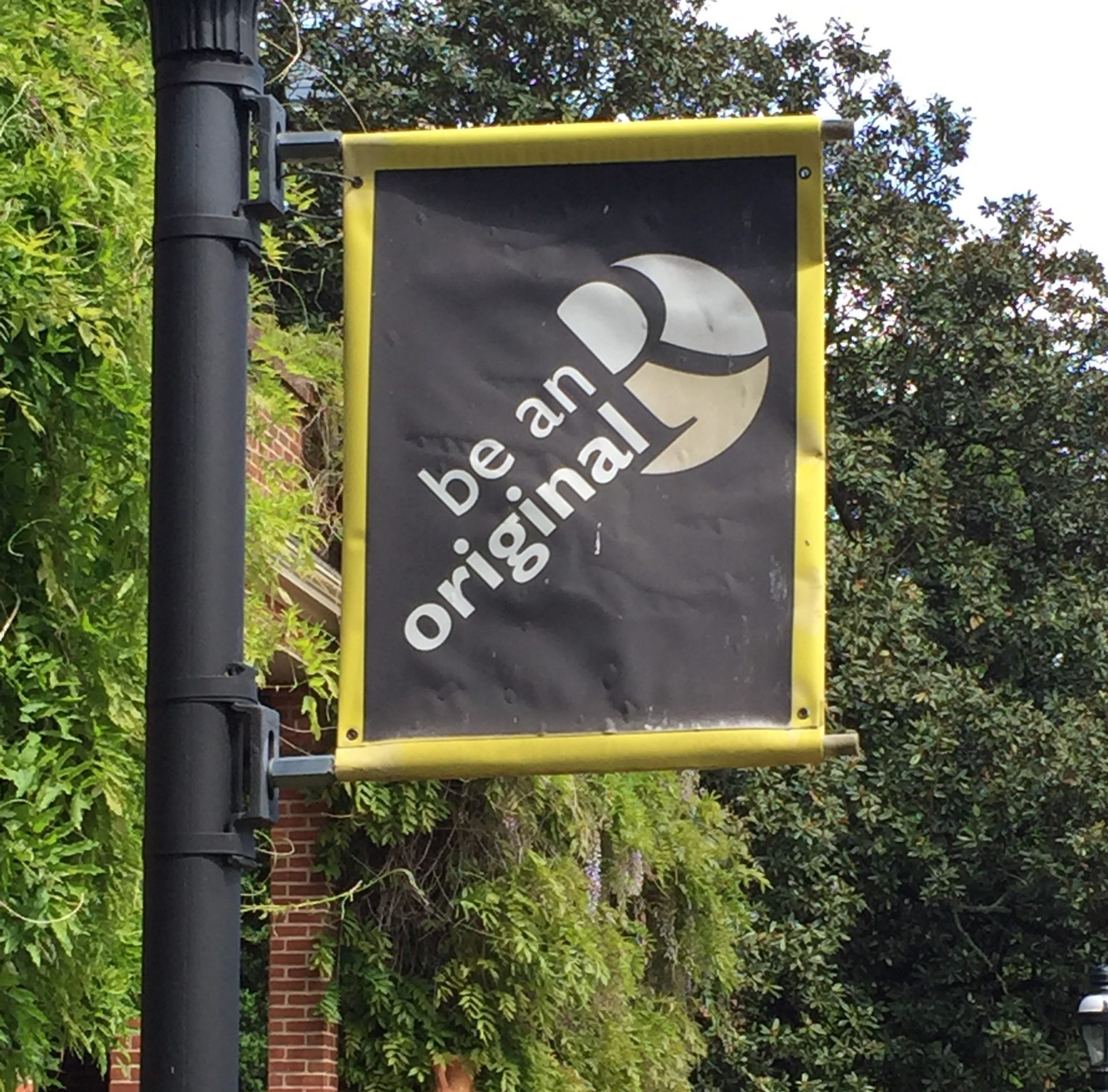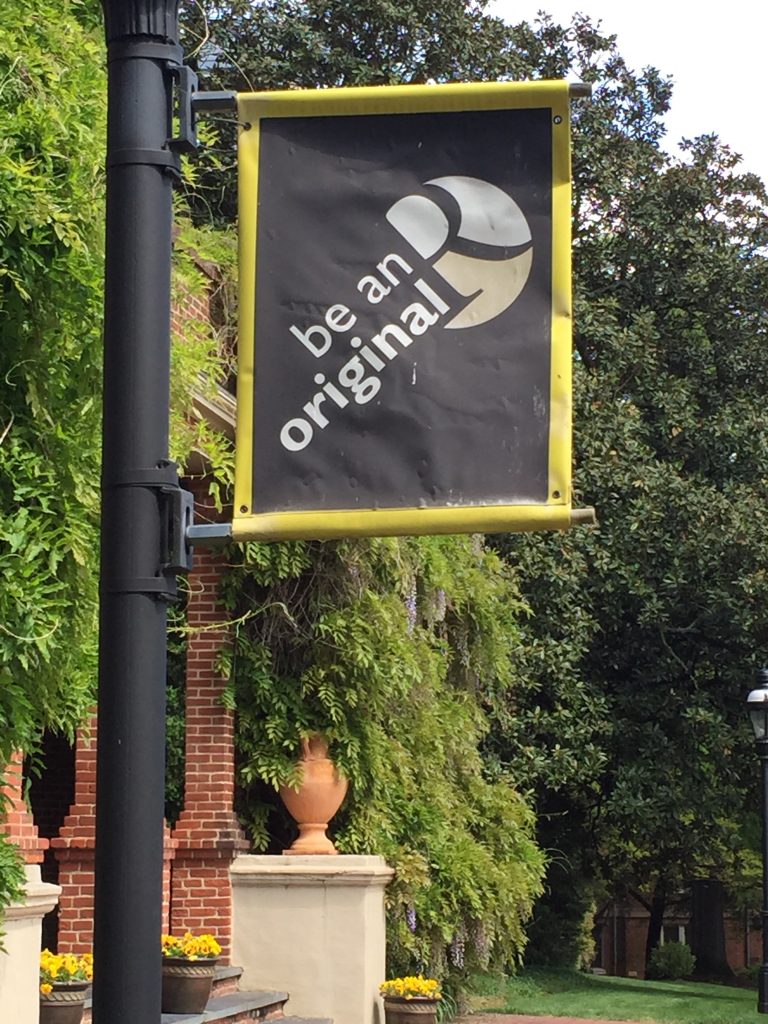
If you are looking for challenging academics at a college where you can also enjoy a thriving city scene, you may want to consider New York University. Located primarily on Washington Square and in the heart of Greenwich Village, students will find trendy shops, galleries, bars and eateries in the surrounding blocks with SoHo, Little Italy and Chinatown nearby.
Here are a few quick facts about NYU:
Acceptance: 21%
Freshman retention: 90%
Freshmen out of state: 72%
Most popular majors: business, nursing, theater, individualized majors
4-year Graduation rate: 79%; 6-year: 88%
Student Community Diversity: 7.5% Black, 16% Latino, 21.7% International
Housing: While there was a time when NYU students had to “fend for themselves” in the outrageous New York housing market, students are now guaranteed four years of housing in one of the 22 residence halls. Most rooms have a private bath and are nicer than a lot of city apartments. Freshmen live in one of the freshman residence halls, many of which have themed floors. 43% of undergraduates live in university housing. NYU offers a free shuttle service to dorms that are farther away from academic buildings.
Campus dining halls offer extensive options, including a dedicated kosher eatery. Students also have plenty of inexpensive options in the restaurants located downtown. Safety is taken very seriously at NYU. Students state that they see plenty of security officers patrolling, both on foot and in patrol cars. NYU Trolley & Escort Van Service provides door-to-door transportation until 3:00am so students (and parents) can be assured they will get back to their dorm safely.
Academics: New York University’s Under the Core Curriculum prescribes freshman and sophomore to take courses in foreign language, expository writing, foundations of contemporary culture, and foundations of scientific inquiry. The foreign language options are much broader than most universities and include Arabic, Cantonese, Hindi, Modern Irish, Swahili, and Tagalog.
Despite the large student population (27,000 undergraduates plus 25,000 graduate students), 59% of classes have fewer than 20 students. Even though many classes are taught by graduate students, most of the introductory courses are taught by a well-known, “top notch” professor. NYU students describe the faculty as being reasonably accessible. To help ensure student success, students meet with their academic advisor at least once every semester.
New York University boasts many noteworthy schools and programs. The Tisch School of the Arts has trained many successful actors and directors including Marcia Gay Harden and Martin Scorcese. The Stern School of Business is known for having an accounting program with a high job-placement rate. Students who are looking for more flexible schedules and the opportunity to engage in independent study can find that in the Gallatin School of Individualized Study.
Opportunities abound for the NYU student. The career center is very well-run and helps connect students to one of thousands of on-campus jobs, full-time jobs and internships. Also, with eleven academic sites internationally as well as exchange agreements with universities around the world, it’s no wonder 56% of NYU students take advantage of the opportunity to study abroad.
Similar colleges to consider: U of Southern California, Cornell, Boston U, Northeastern
Social: Understandably, the majority of social life takes place off-campus. Students can attend Broadway performances, shop in SoHo, or hang out in Greenwich Village without having to go too far. That’s not to say there is nothing to do on campus. Students can become involved with their choice of more than 600 clubs and organizations and attend on-campus concerts and movies. Fraternity and sorority events are another popular on-campus activity, although only 5% of men and 7% of women “go Greek.”
In the spring, NYU hosts their Strawberry Festival, which features free berries, and many students march in the Halloween Parade that takes over Greenwich Village each October. The Violet Ball is another well-attended event, which gives students an excuse to get dressed up.
Sports is not NYU’s greatest strength. However, they do have several successful programs, including men’s and women’s golf, swimming and diving, and men’s wrestling which all compete in Division III. One-third of students participate in intramural sports.
Financial: New York University offers both need-based and merit scholarships. NYU does not offer any athletic scholarships. The average percent of need met is 66%, with 12% being fully met. Although the tuition and fees are $77,000, the average financial aid package is $37,000. Fifty-one percent of students receive financial aid.



















